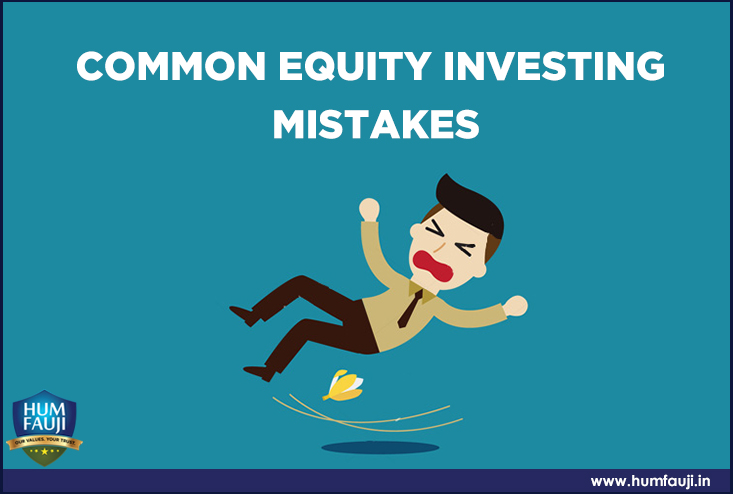Please refer to our article: https://humfauji.in/the-provident-fund-shell-shock-what-to-do-now/
What is the latest update on it?
Finance minister Nirmala Sitharaman, on 23rd March 2021, increased the yearly contribution tax-free limit to Rs 5 Lakhs (from Rs 2.5 Lakhs announced in the budget speech) in provident funds (PFs) where there is no employer contribution. Essentially it means that if only the employees contribute to a PF, then the tax-free limit is Rs 5 Lakh for yearly contribution. DSOPF is one such PF where the employer (Govt) does not contribute anything to it, and hence, its tax-free contribution limit is also enhanced to 5 Lakhs now.
Does the tax limit for DSOPF also include contribution to PPF?
This aspect has not been clarified anywhere but considering the fact that the Finance Minister herself has chosen not to clarify it, probably the two would tend to be clubbed together through the PAN linkage. However, that is just our guesswork and may not b correct.
So, should you restrict your DSOPF contribution now from 1st April 2021 onwards?
- Before we discuss what to do now, we would like to bring out a few points for everybody affected to consider:-
7.1% per annum tax-free interest is a good rate of interest to earn and that too with Govt guarantee, if you are looking for complete safety. DSOPF up to Rs 40,000 per month (Rs 41,666 to be more precise) would be good for the ‘fully-safety’ conscious. - What about more than Rs 40,000 per month? Since most of the serving armed forces officers are in the 30% taxable bracket, after-tax returns on DSOPF then come out to be less than 5%, which is definitely not a good return to get on your life-time savings.
- Please remember that when you invest only in DSOPF kind of instruments, you are maintaining yourself just above the inflation mark – something like having your nose just above water level in a deep ocean! If you do not ‘venture out a bit’, you are making your money run very fast on a treadmill – it seems to be doing great till you get down from the treadmill and find that you’re just standing where you started from, having really gone nowhere!
- When we consider full safety while investing, then we also agree to accepting low returns on our investments. Look at the graph below:
- If some amount of ‘venturing out’ is to be done, what is the right way to go about? Please do consider equity investing, ie, the stock markets. They may seem volatile to many but remember that Equity is the ONLY investment class that will beat inflation and keep your nose well above the water. If you are serving (and that’s why we’re discussing DSOPF here!), you are comparatively young and hence, should not ignore equity investing. If you can choose direct stocks yourself (very few can, though!), go ahead. Otherwise, equity mutual funds (MFs) would be the best way to go about it.
How much in DSOPF and how much in Equity then?
We see two distinct cases here:-
- First case is where officers are contributing much in excess of Rs 40,000 (we take a case where the officer is contributing Rs 75,000 per month). They would generally be older officers and believe that one should keep the money safe all the time. For 75,000 per month, ie, Rs 9 Lakhs per year, contribution, Rs 5 Lakhs earn 7.1% while 4 Lakhs earns 4.88% after-tax, making it an average of 6.11%. With inflation in the 6-6.5% range right now, the head is sometimes out of deep water and sometimes below it!
So, what to do? We suggest 5 Lakh in DSOPF and 4 Lakhs per year in Equity MFs. The latter should be done with a minimum 5-year perspective where there will be volatilities but end effect will be a comfortable very tax-efficient return. Volatilities mean you could see markets dip, sometime even below your cost price – but then they are paper losses and since time immemorial, equities have always performed in the long run.
If the time perspective is shorter, then hybrid kind of funds can be gone ahead with. Also, consult a good financial planner if you’re not confident of handling this yourself. - Second case is where the contribution capability is less than or around Rs 40,000 per month.
If the aim is to remain absolutely safe and low returns are acceptable, then DSOPF should be the way to go. If one has a long-time frame and ready to accept volatility in the short term, a 50:50 split of the investible surplus between DSOPF and equity would be a good measure to go ahead with. Our suggestion again is to ‘venture out’ and not let your money earn sub-optimal returns. Investible surplus incidentally is: Gross Income – Salary Deductions – Regular Expenses – Loan payments – Tax.
Conclusion
The tax on DSOPF gives one a chance to break away from the DSOPF mindset which is so much engrained amongst the armed forces officers – all eggs in one basket can never be a good investing strategy.
If you are convinced about equity as an asset class, do go into it in a systematic manner with a long-term perspective, unmindful of mid-term volatilities.













Leave a Reply